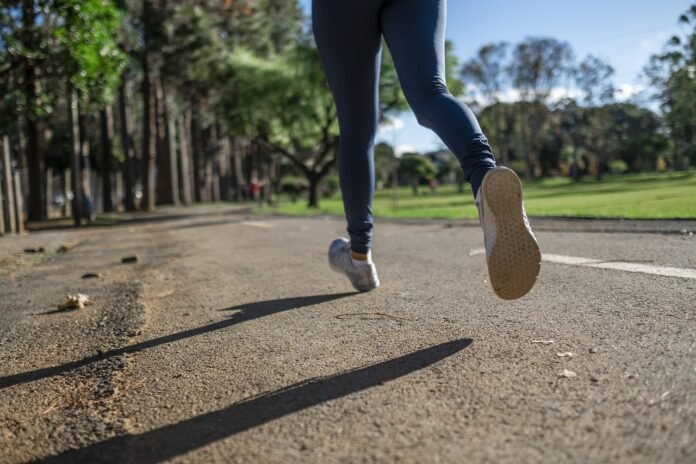Running has become a popular way for Canadians to maintain their activity levels, with participation remaining consistent despite decreases in other organized sports. Races fill up fast, community organizations unite both casual and competitive athletes, and many individuals count on daily mileage for exercise and stress relief. However, the realities of Canada’s climate and changing environmental factors are compelling runners to adjust in ways that extend beyond their training regimens.
According to Statistics Canada, over 50% of Canadians aged 15 and above indicated that they engaged in a sport last year, with running being one of the easiest to access. Competitions nationwide continue to draw in thousands of participants every season, and casual running clubs have popped up in almost every urban area. However, as enthusiasm for the sport increases, so do the difficulties. Air quality alerts, heat warnings, and reduced daylight in winter all complicate consistent training more than before.
Stephen Gleave is well acquainted with those challenges. A competitive runner who has dedicated his career to practicing law and managing his family farm, Gleave makes time to run every day, no matter the season. “Running is the only part of my day where nothing else requires my focus. It compels me to return to the fundamentals of movement and breathing, and I don’t experience that anywhere else in my life,” Gleave states.
Studies have shown that the environment can change performance in measurable ways. Canadian data on running trends point to an increase in race times when air pollution or high heat are factors. Even elite athletes at national road running championships have seen results shift depending on climate conditions. That reality reflects what many casual runners also feel when they step outside: the terrain and weather dictate as much as their own fitness.
Gleave doesn’t see those obstacles as reasons to stop. If anything, they have changed the way he approaches training. “The seasons force me to adapt both my training plan and my mindset. In January, I might be running in snow with layers of clothes weighing me down, and in July, it might be 30 degrees with humidity. If you expect conditions to be perfect, you’ll never run,” says Gleave.
That willingness to adjust has also kept him consistent. He runs 30 to 40 miles a week, whether on the backroads near his farm or in organized races. The farm itself, with its steady demands and cycles of planting and harvest, reinforces the same lessons he finds in running. “There’s a connection between caring for the land and caring for yourself. Both require patience, commitment, and listening. Neither rewards shortcuts,” says Gleave.
For many Canadians, running emphasizes well-being rather than competition. An increasing number of studies connect consistent physical activity to reduced stress and improved mental health. This has become more noticeable in recent years as Canadians indicate increased levels of anxiety and burnout. Running, due to its accessible nature, offers an outlet that is both mental and physical.
Nonetheless, the challenges posed by Canada’s climate are real. Severe winters hinder some people’s ability to stay active, while urban heat waves have prompted alerts regarding outdoor activities. Participation figures differ among age groups, as younger Canadians tend to be more involved in sports, while the number of older runners is gradually rising. Race organizers have started modifying schedules, providing earlier start times or extra hydration support to accommodate severe heat.
Gleave argues that the value of running isn’t limited to performance statistics or the conditions on a given day. What matters is the discipline of showing up. His experience suggests that building consistency, even when external factors make it difficult, can have effects far beyond running. For him, the miles logged before sunrise carry into his legal practice, his farm work, and his outlook on balance.
As Canadian participation in sport evolves, running remains one of the simplest and most effective ways to stay active. It requires little more than a good pair of shoes and the willingness to endure both the comfortable and uncomfortable conditions that come with the territory. For Gleave, that willingness is second nature. The run is less about finishing times and more about the daily practice of moving forward.

